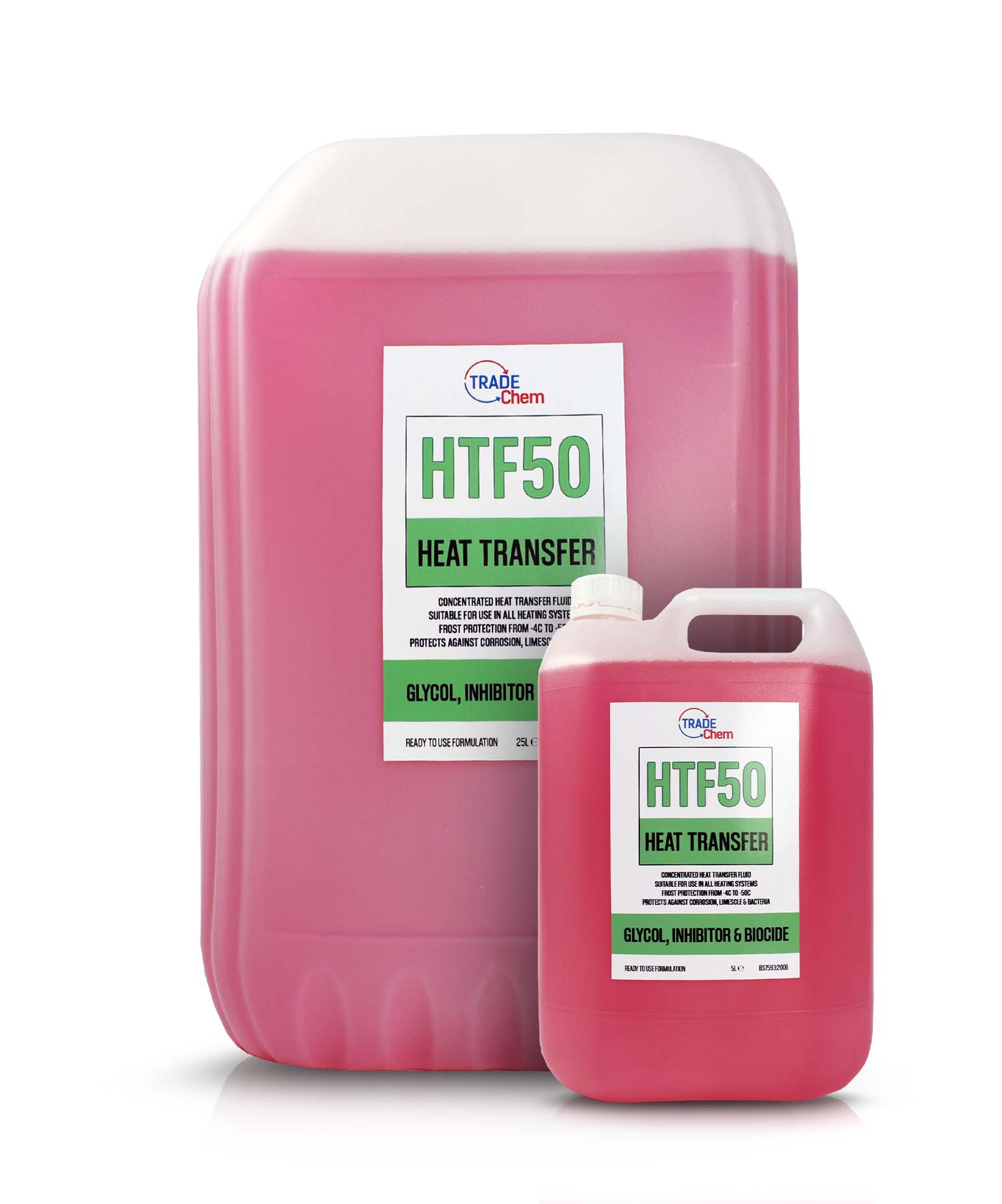Recognizing the Uses of Warmth Transfer Liquid in Industrial Applications
In the vibrant landscape of commercial applications, warmth transfer fluids (HTFs) are vital for preserving precise thermal policy, critical to enhancing functional efficiency and item top quality. From the ins and outs of chemical handling to the robust needs of power generation, HTFs are main to guaranteeing stable and reliable warmth exchange.
Role in Chemical Handling
In chemical handling, warmth transfer liquids play an important duty in preserving exact temperature level control, which is crucial for optimizing reaction rates and making sure product quality - heat transfer fluid. These fluids are crucial in promoting efficient warm exchange between process tools, thereby enabling the policy of thermal conditions within reactors, purification columns, and various other essential apparatus. Their capability to maintain stability under differing thermal tons and ecological conditions makes them indispensable in chemical production
The selection of a proper warm transfer liquid is determined by variables such as thermal conductivity, specific warmth capacity, thickness, and chemical compatibility with the procedure products. High-performance fluids enable rapid heating & cooling, boosting the efficiency of endothermic and exothermic reactions. Their thermal security decreases the danger of degradation or contamination, which can lead to tools fouling and lowered procedure efficiency.
Along with temperature guideline, these fluids add to security by protecting against overheating and decreasing the possibility for thermal runaway reactions. By providing constant thermal monitoring, warm transfer liquids boost process integrity and can lead to significant energy savings. As chemical processes end up being increasingly complex, the value of selecting and preserving optimum heat transfer liquids can not be overemphasized.

Power Generation Applications
Relocating from chemical handling to power generation, warm transfer liquids think a crucial duty in the production of power. In power generation applications, these liquids are critical in preserving optimal thermal performance and guaranteeing the dependable operation of nuclear power plant. Various types of power generation facilities, consisting of fossil fuel-based plants and focused solar energy (CSP) systems, count greatly on heat transfer liquids for efficient power conversion.
In fossil fuel nuclear power plant, heat transfer liquids are made use of to move warm from burning gases to water in central heating boilers, producing steam that drives generators. This process calls for fluids with high thermal security and exceptional heat transfer residential or commercial properties to withstand severe temperatures and pressures. In CSP plants, warm transfer liquids circulate with solar collectors, absorbing solar energy and transferring it to a central receiver where it is utilized to generate steam. The steam after that powers wind turbines to produce electrical energy.
The selection of warm transfer fluid in these applications is vital, as it impacts the plant's efficiency, safety, and environmental footprint. Artificial oils, molten salts, and various other specialized fluids are generally utilized, selected based on their thermal security, heat ability, and compatibility with system materials.
Effect On Food and Beverage Industry

Along with improving item quality, warmth transfer fluids contribute to functional performance by minimizing energy usage and reducing procedure times. Their thermal security and high warm capability enable for rapid heating and cooling cycles, causing boosted throughput and cost-effectiveness. In addition, making use of food-grade warmth transfer fluids, which abide by strict security criteria, makes sure that there is no threat of contamination, thus safeguarding public health.
The versatility of warm transfer liquids enables their application across a vast array of food and drink procedures, from milk and confectionery to developing and bottling. By enhancing temperature level control, these liquids play an indispensable duty in satisfying the evolving demands of the food and beverage sector while maintaining high criteria of top quality and security.
Importance in Manufacturing

An essential facet of manufacturing procedures across different markets is the reliable monitoring of temperature, which is where warmth transfer liquids show their importance. Warmth transfer liquids assist in these regulated atmospheres by absorbing, transferring, and releasing heat as needed.
In manufacturing setups, warmth transfer liquids add considerably to functional effectiveness and cost-effectiveness. By decreasing temperature level fluctuations, they help in reducing power consumption, therefore decreasing operational costs and enhancing sustainability. Additionally, they enhance the life expectancy of devices by avoiding overheating and thermal tension, which can lead to expensive downtime and repairs.
In addition, the flexibility of warmth transfer fluids permits them to be personalized for certain applications, fitting a large range of temperature levels and environmental problems. This versatility makes certain regular efficiency, also in the most requiring commercial settings. Eventually, the strategic usage of heat transfer liquids empowers suppliers to check optimize their procedures, improve item high quality, and maintain a competitive side in an ever-evolving market.
Developments in Warmth Transfer Technology
With innovations in heat transfer innovation, industries are experiencing transformative improvements in temperature administration systems. Modern HTFs, such as nano-fluids, display boosted thermal conductivity and stability, which dramatically boost warmth exchange procedures.
Additionally, the assimilation of clever technology and digital surveillance systems has actually reinvented warmth administration. Advanced sensors and IoT tools give real-time data analytics, allowing exact control and optimization of warmth transfer procedures. This leads to improved safety and security, lowered downtime, and prolonged equipment life-span.
Furthermore, the introduction of original site magnetic and phase-change products in warm transfer applications notes a considerable leap onward. heat transfer fluid. Magnetic liquids, for instance, deal fast warmth dissipation with magnetic area adjustment, while phase-change materials successfully save and release thermal power during stage transitions
These technological strides are not just improving effectiveness in standard fields such as chemical processing and power generation but are likewise cultivating technology in emerging fields like renewable resource systems and digital air conditioning, leading the way for lasting commercial operations.

Final Thought
Warmth transfer liquids are indispensable to commercial applications, supplying accurate temperature control and enhancing functional effectiveness. Breakthroughs in warm transfer modern technology proceed to enhance these features, emphasizing the crucial function of HTFs in industrial processes.